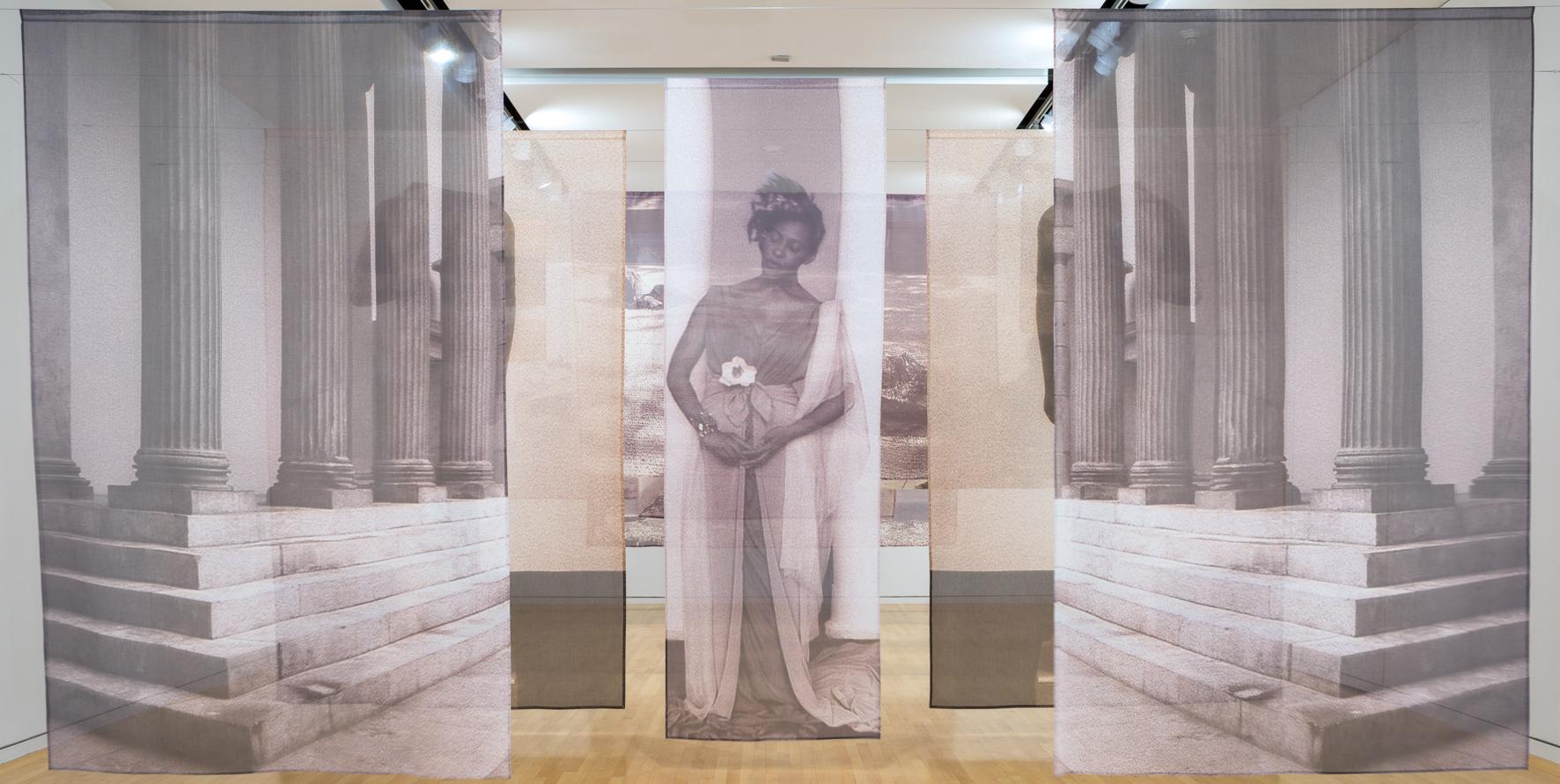
1 minute read
Chris Pappan — Definition 1
Chris Pappan (Kaw, Osage, Cheyenne River Sioux, born 1971) Definition 1
2018 Graphite, map collage, and acrylic on 1925 Evanston municipal ledger 23 x 18 in Mary and Leigh Block Museum of Art, Northwestern University, purchase funds provided by the Andra S. and Irwin Press Collections Fund, 2021.10.1
Using a map and municipal ledger paper combined with drawing, this artwork addresses layered histories of place and is part of Chris Pappan’s series 21st Century Ledger Drawings. Ledger drawings were an artistic practice developed by Indigenous people of the Plains region in the late 19th and early 20th centuries. The ledger paper, originally a means for settlers to keep inventories, served as a new medium for Indigenous artists to record everyday life and contemporary events. In this work, Pappan reinterprets the tradition using a 1925 municipal ledger from the city of Evanston and a more recent map of Gila River Indian Reservation lands in Arizona.
The meticulously drawn head of the Native American man is large within the composition and superimposed on the map, insisting on his presence. In Pappan’s work, the prominent placement of the figure on the map asks the viewer to reckon with the forced removal of Native American people from their homelands, to reflect on the erasures of Indigenous history in the United States, and to imagine the possibility of an Indigenous future. In the prologue to How the Word Is Passed, Smith writes, “…while this book is focused on the places where the story of slavery in America lives on, the land upon which many of these historical sites sit belonged to Indigenous communities before it belonged to anyone else.”










